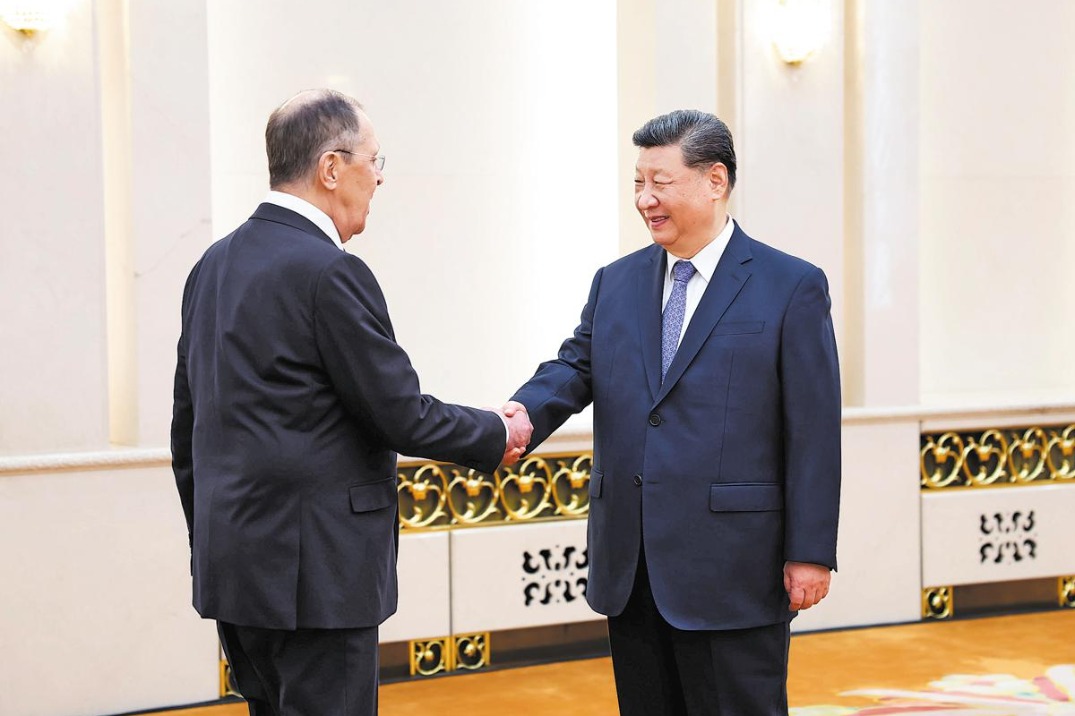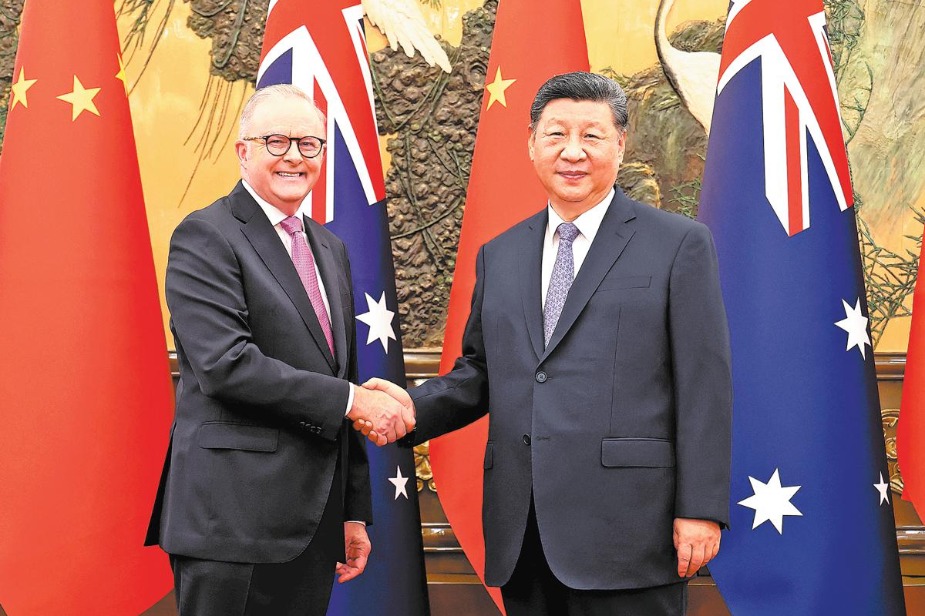Central bank targets exchange rate stability


Major step
On July 21, 2005, China took a major step with exchange rate reform, shifting from a fixed exchange rate to a more flexible regime. It termed this "a managed floating exchange rate based on market supply and demand with reference to a basket of currencies".
Senior PBOC officials have said the nation will not change the existing exchange rate regime and that the rate is neither a tool to stimulate exports nor a measure to offset the impact of rising commodity prices.
The central bank publishes the fixing rate, or the so-called central parity of onshore-traded RMB against the US dollar, each day. The fixing rate, reached by taking the closing rate on the interbank foreign exchange market the previous day, is offered by all market makers before trading resumes. The final figure is a weighted average of sample offers, excluding the highest and lowest prices.
To further improve the market-based RMB exchange rate regime, the Foreign Exchange Self-Disciplinary Mechanism established by the PBOC and major commercial banks introduced the "countercyclical factor" in the fixing rate's formula in an attempt to offset volatility fueled by market sentiment.
Market players who have tried to predict RMB exchange rates in the short term have found that this becomes increasingly difficult and that they always fail, especially after China introduced foreign exchange reform in August, 2015.
Analysts at financial institutions said that despite the demand-supply relationship in forex trading, market expectations, or investors betting on currency appreciation or depreciation, could play a more significant role in determining spot exchange rates.
Statistics released by SAFE show that from January to April, accumulative foreign exchange settlement and sales by banks stood at $780.5 billion and $689.8 billion respectively, producing a surplus of $90.7 billion.
The figures indicate that more banks wish to hold the RMB in preference to other currencies, in anticipation that it will appreciate.
Louis Kuijs, head of Asia Economics at Oxford Economics, a think tank based in the United Kingdom, said, "Although some people speculated that the authorities might adopt a strong exchange rate policy to counter the impact of high commodity prices, we don't think that is possible."
The latest moves by the PBOC indicate that policymakers have decided not to tolerate additional appreciation and want to avoid further affecting the export-oriented manufacturing sector.
Since the second quarter of this year, the reopening of pandemic-affected sectors in major economies has resulted in mismatches between supply and demand, along with a notable rise in inflation.
Research from Morgan Stanley shows that the rapid recovery of global demand amid unprecedented stimulus packages, coupled with China's robust supply chain, have lifted the nation's exports to a new level in the past two quarters, pushing its global proportion to a record high of 16 percent as of April.
Thanks to its strong exports, China's goods trade surplus rose to $39.1 billion in April, up from $18 billion in March, according to SAFE. Zhang, from CASS, said this was one of the key reasons for the RMB's recent appreciation.
Robin Xing, chief China economist at Morgan Stanley, said that in view of projections that China's current account balance will remain above pre-COVID levels this year and next, it is possible that the RMB will appreciate by another 1 percent against a basket of major currencies for the remainder of this year, and by 2 percent next year.
He added that China will continue to open up its market to attract more foreign capital, and the country's inclusion in the FTSE World Government Bond Index from Oct 21 will also bring more investment for the local bond market, supporting a stronger RMB.























